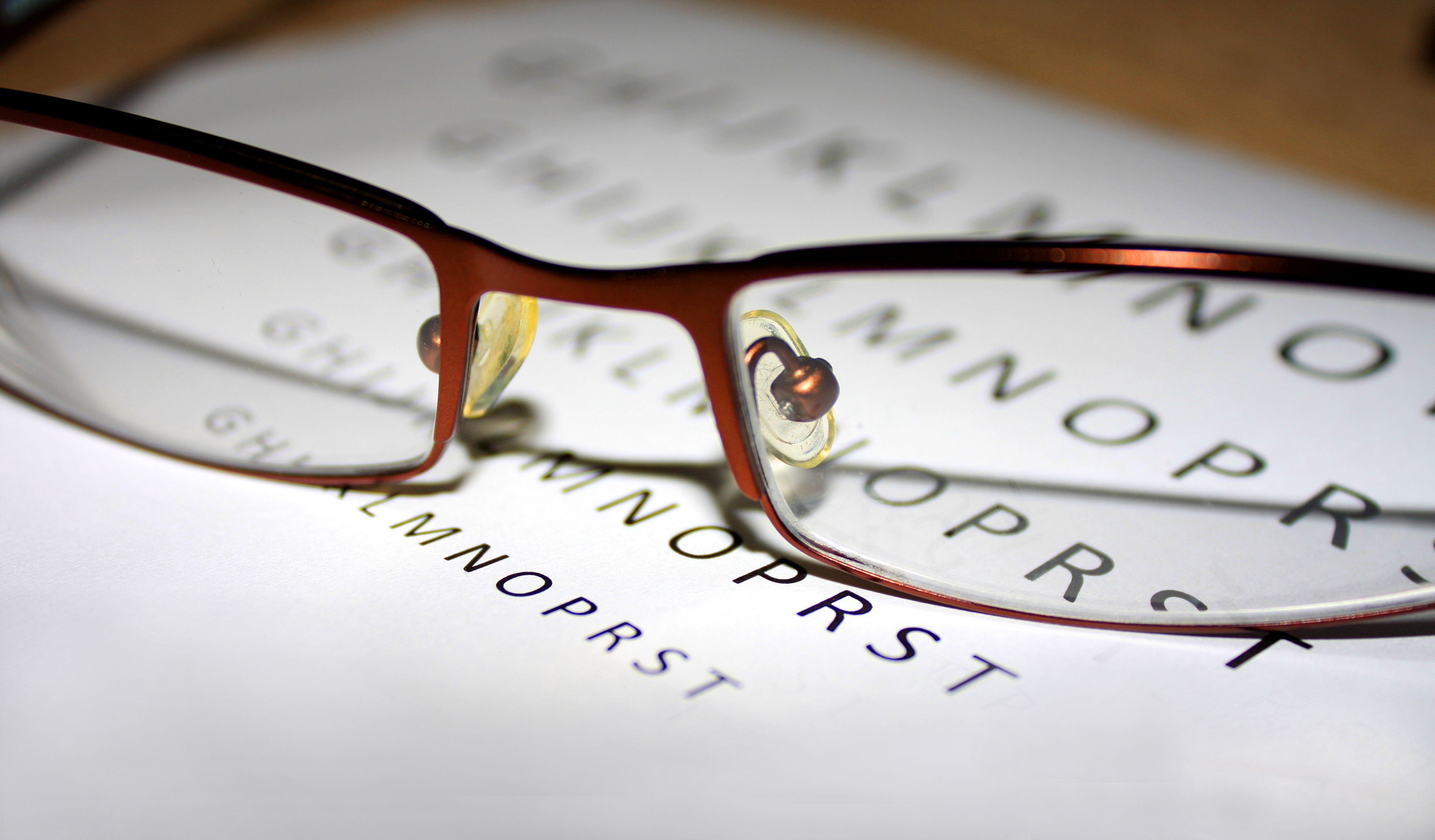Article
Eye Movements May Indicate Decisions Prior to Physical Motion
Author(s):
Researchers at the University of British Columbia in Canada found eye movements may precede hand movements in certain actions that require a 2-step decision-making process, according to a study published in the Journal of Neurophysiology.
Researchers at the University of British Columbia in Canada found eye movements may precede hand movements in certain actions that require a 2-step decision-making process, according to a study published in the Journal of Neurophysiology.
Two-step decision processes are made daily. For example, if an animal crosses a road, the oncoming driver must decide to veer around the animal or stop the car. Then, depending on which decision is made, the driver has to gauge how hard to hit the brakes or in which direction to swerve.
“Goal-directed hand, arm, and body movements, such as those during obstacle avoidance, are accompanied by eye movements. During many natural tasks, the eyes fixate on target objects as the hand approaches and shift to the next target at around the time the hand arrives,” the authors said.
In this study, researchers set out to determine if eye movements are the consequence of decision-making, happen after the decision is made, or reflect making a choice and occur before the decision is made, according to a press release.
Forty-two volunteers with an average age of 19 were asked to participate in a visual scenario experiment. Study participants judged whether a moving target, presented for a brief period of time (100, 200, or 300 ms), would pass through or miss a strike box. An interceptive hand movement was required should participants decide the target would pass, while no hand movements were required if volunteers decided the target would miss the strike box.
The researchers recorded participants’ eye and hand movements accordingly. “Go/no-go decision formation had to occur within the first few hundred milliseconds to allow time-critical interception,” they said.
In addition to concluding eye movements differentiated actions prior to hand movements, the researchers found eye movements were associated with different stages of decision making in subjects.
“Higher eye velocity during smooth pursuit initiation was related to more accurate interception decisions (whether or not to act), and faster pursuit maintenance was associated with more accurate timing decisions (when to act),” the researchers said. “These results indicate that pursuit initiation and maintenance are continuously linked to ongoing sensorimotor decision formation.”
Future studies could investigate the effect of decision timing on hand movement reaction time or utilize this study as a basis for investigating decision-making processes in real-world scenarios.
Reference
Fooken J, Spering M. Eye movements as readout of sensorimotor decision processes [published online March 11, 2020] . J Neurophysiol. doi: 10.1152/jn.00622.2019.





